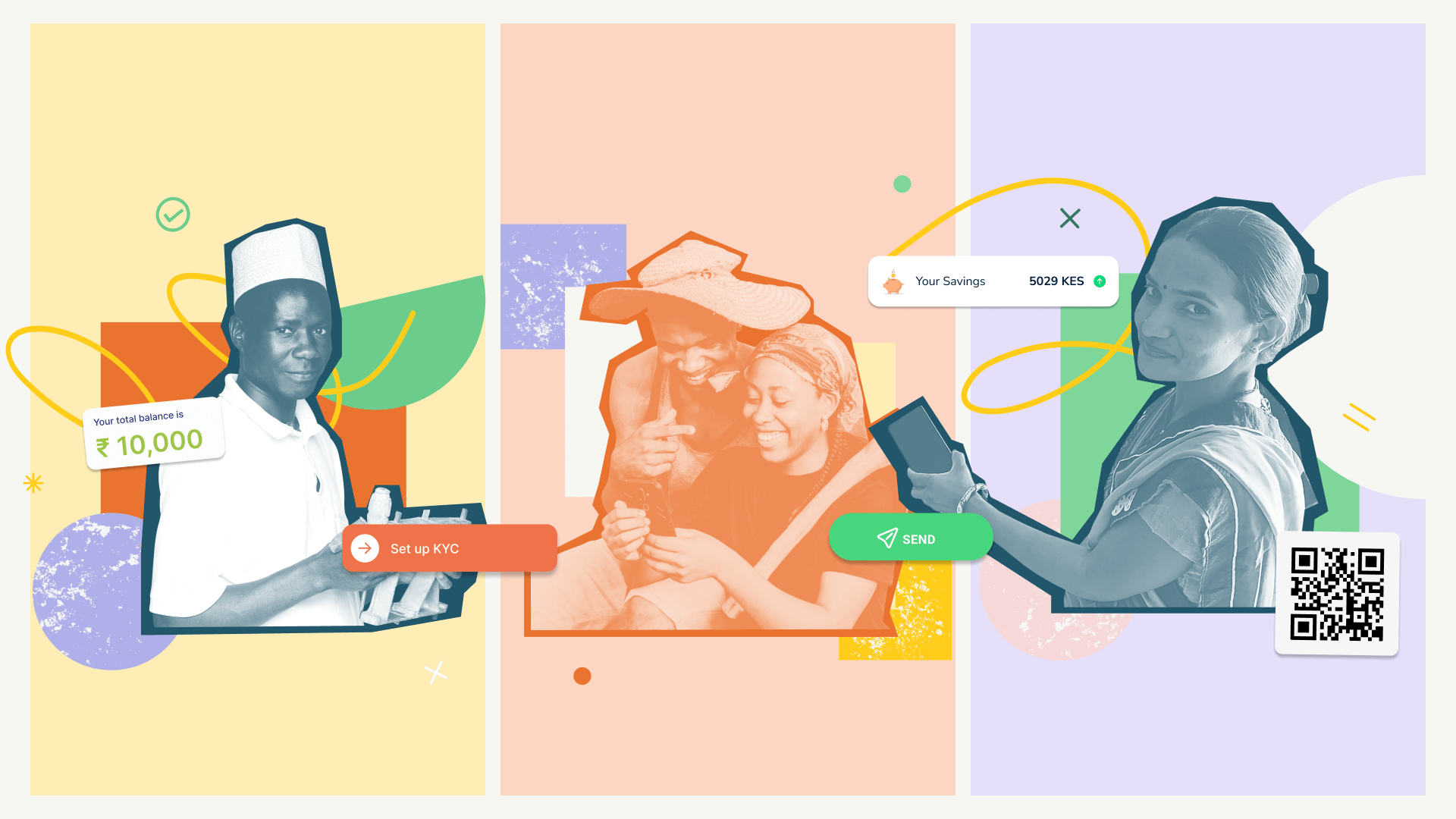The future is financially inclusive
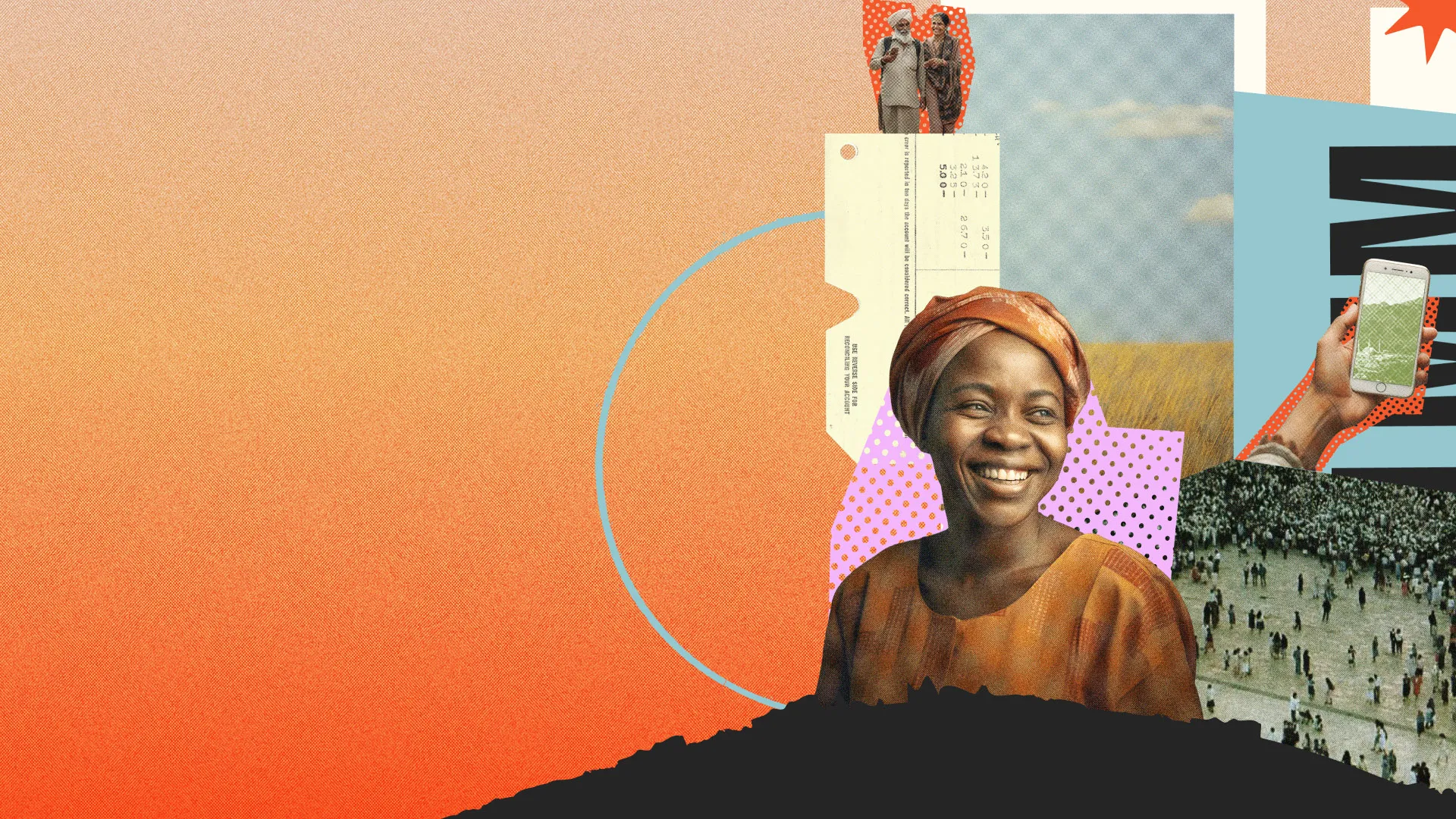
In the year 2034, money will work dramatically differently than it does today.
It will shift from something physical in our pockets to a seamless layer embedded in every service. Financial tools will be hyper-personalized and smarter thanks to AI. This will benefit everyone, but it will have the most positive impact on those in the last mile: low-income people in emerging markets, women, and rural communities. Businesses will benefit, too. Tapping into billions of underserved customers will unlock growth. All these factors make a more inclusive future of money not just long overdue, but also inevitable.
For the past five years, IDEO has been exploring what’s possible for the future of finance with Last Mile Money, an innovation program that accelerates new financial products for those who traditionally have been excluded from financial systems. We’ve worked with partners to launch more than 100 pilots, prototypes, and products to connect them e with better financial options. Now, we’re sharing the lessons we’ve learned in advancing inclusion, gender equity, and the digital economy. And we’re inviting the global finance community to learn, replicate, and scale our innovations—or to come up with even better ones.
A big part of this work has been looking closely at the signals that tell us what the future of finance will look like. And over the next 10 years, we predict three seismic changes in the world of money:
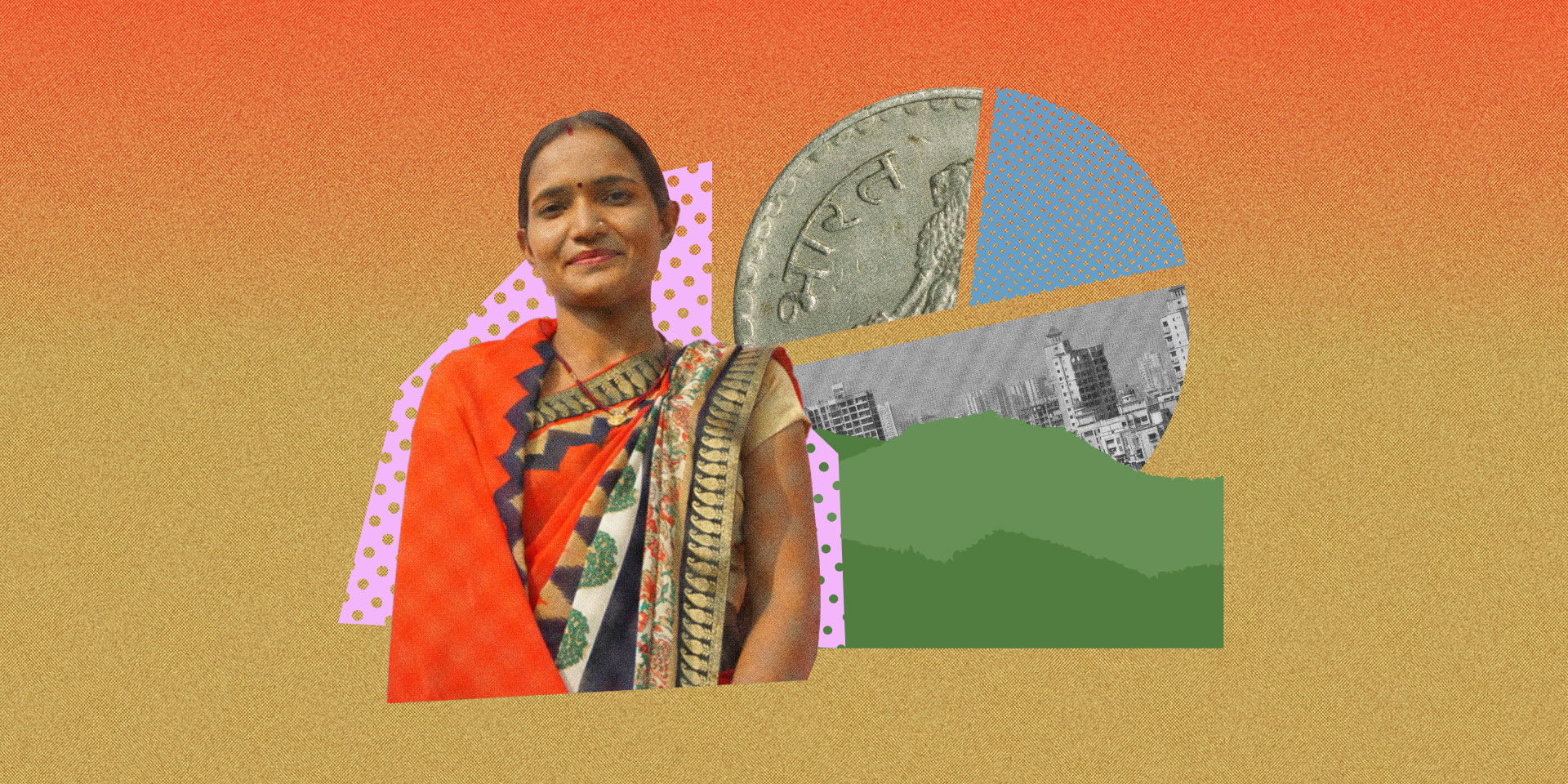
#1. Women will be at the center of finance.
Digital products will be built for women, not adapted to include them.
Women are underserved by the world of money. One-third of women in emerging markets do not have a formal bank account, excluding them from high-quality options to save, grow a business, or plan for their family’s future. Meanwhile, businesses are missing out on billions of customers, and many are realizing they must change: They need to center women’s financial needs, not only to be more inclusive, but for their own growth.
In Pakistan, the global consumer-goods company Unilever launched Guddi Bajis, a program for rural women to earn a living by delivering household goods to other women’s homes. IDEO worked with Unilever and the startup Finja to design a digital experience for these women that was culturally-sensitive and optimized for first-time internet users. These digital Guddi Bajis were able to grow their businesses by leveraging smartphones, digital payments, and credit—often for the first time. And to great sucess: They reported up to a five-fold increase in income after accessing digital credit. Not only were these female agents able to earn and increase their own livelihood, the program also benefitted their customers—women in their communities.
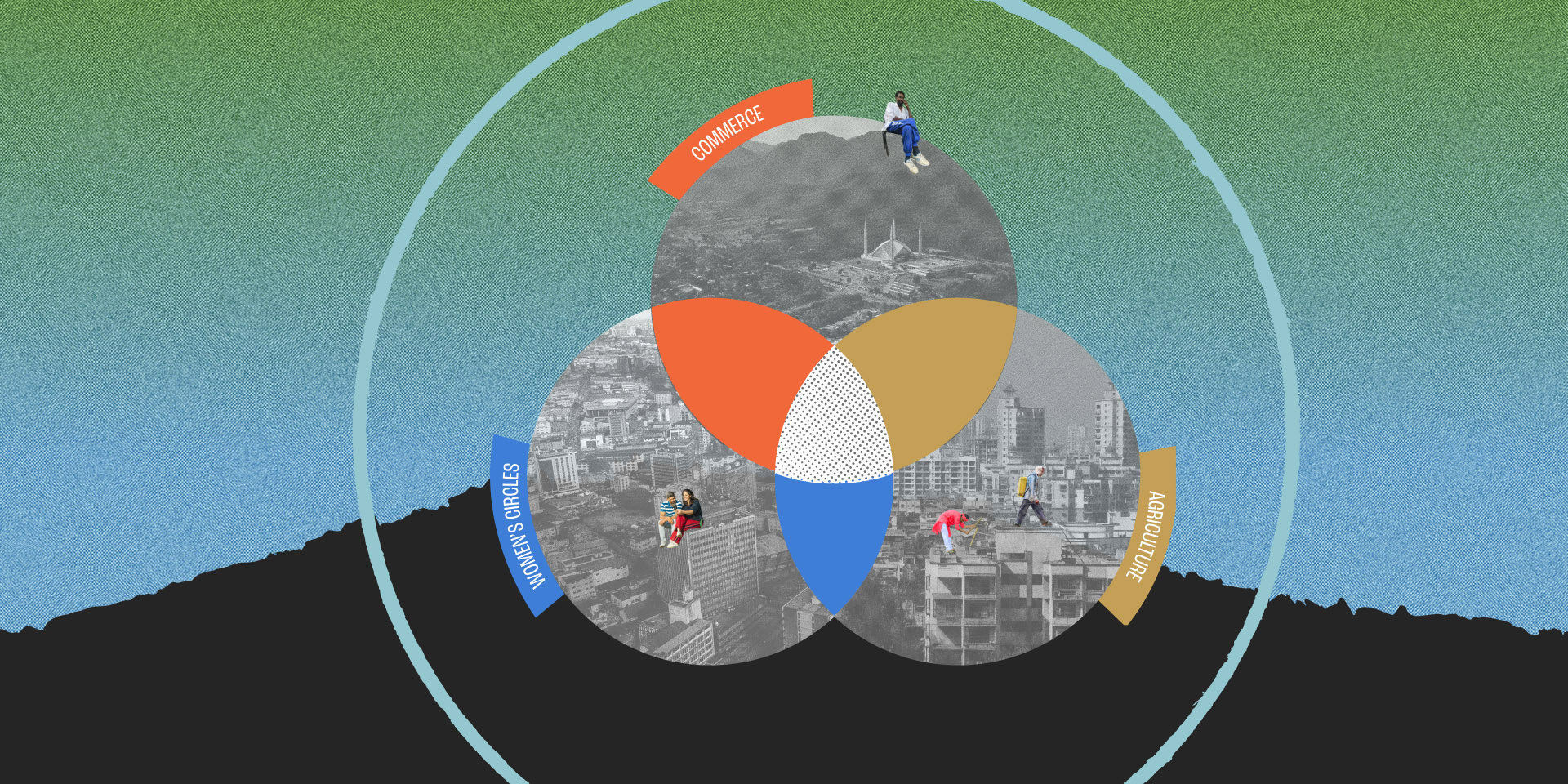
Future #2. The last mile will be no mile at all.
The last mile will not be defined by location, but by network access.
Historically, geography has been a big determinant of who can participate in financial systems. People living in very rural areas in less developed countries were simply left out. But as internet connectivity spreads into more corners of the globe and the digital economy enables work from anywhere, the line between urban and rural will no longer decide prosperity. Instead, it will be determined by how active and connected we are in digital networks. And what may seem like unexpected partnerships today will set the norm for how businesses reach the new last mile of people tomorrow.
Our team saw this in action in Indonesia where global food company Cargill had a problem sending payments to cocoa farmers in rural areas. So, we brought in Grab, a major tech company behind an e-commerce app where farmers could sign up as agents to facilitate payments on its platform. Now, payments that used to take seven months get to farmers in only 10 days, boosting satisfaction with Cargill. And rural agents actually performed 111 percent better than agents in small cities, exceeding a target for gross merchandise value, according to Grab data. Better yet, the “star agents” turned out to be women who had strong ties in their rural communities and were active in social-commerce networks. This effort was so promising that Grab is scaling the model among women merchants and drivers elsewhere in Indonesia, bringing digital livelihoods to more underserved people regardless of geography.
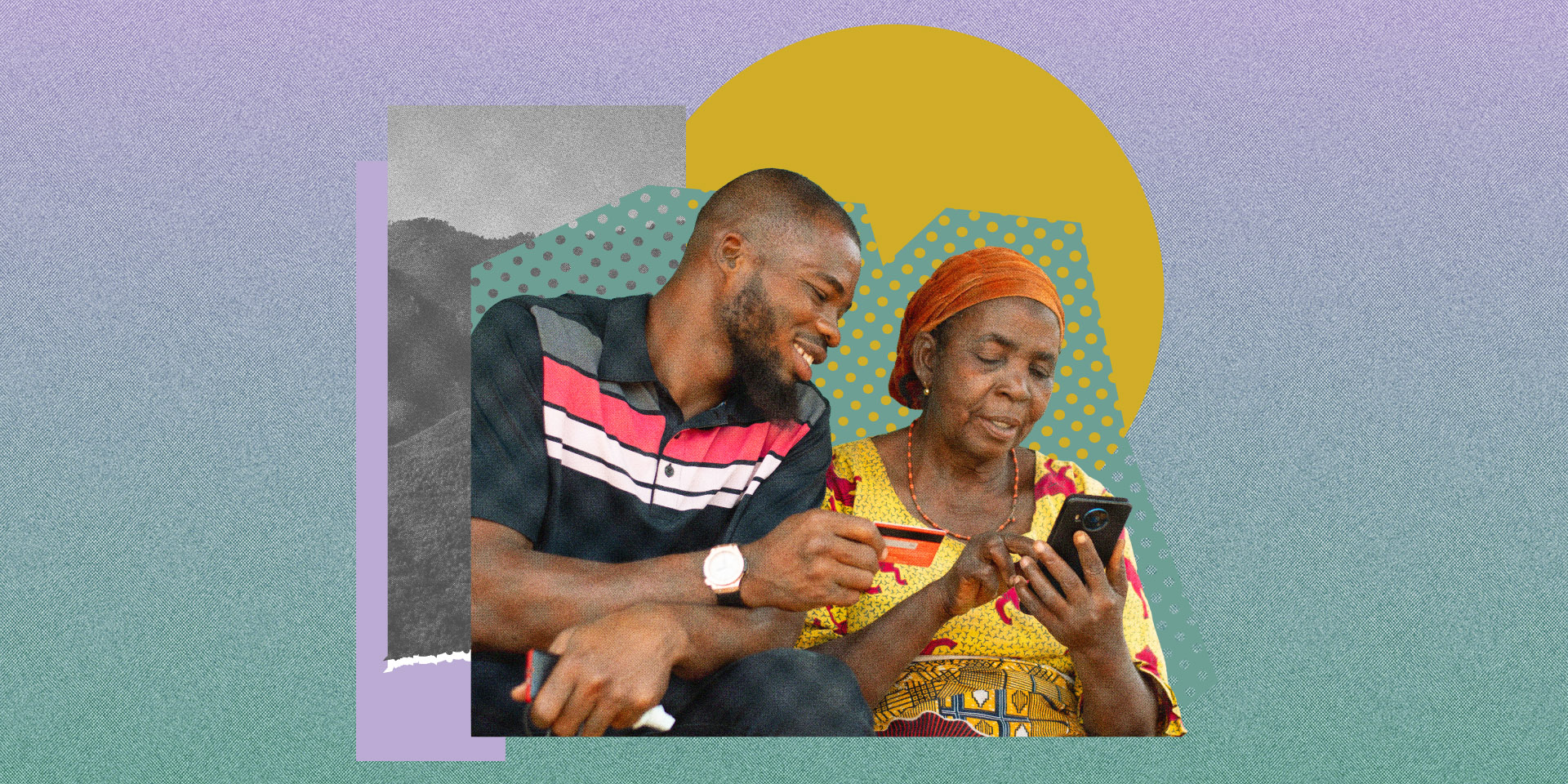
Future #3. Financial services will be invisible.
Our everyday lives will be enabled by a seamless layer of AI-driven, embedded finance.
As our lives become ever more digital, finance is becoming just another layer of daily life, seamless and embedded. We’ve seen this with apps offering personalized financial guidance, automated investing, and credit when we’re online shopping. Now it’s happening for the rest of the world.
In Tanzania, when merchants run short of funds, they can get instant credit so their sales aren’t interrupted. This is thanks to Kuunda Digital’s automatic service that pre-qualifies merchants and makes accepting credit as easy as responding to a text message. Even small amounts of capital delivered just-in-time have helped merchants earn more revenue and lifted transaction volumes for banks and telcos. With support from IDEO, Kuunda brought this embedded-finance solution to new markets. Globally, Kuunda has scaled to 6.1 million active users and has distributed $1 billion in loans.
Already, we’re seeing signs that these shifts are beginning to take place. But more importantly, folks at the last mile are really beginning to feel them in their own lives and communities. A decade from now, these seismic changes won’t even feel new. And we invite everyone in this space, from startups to behemoths of finance, to help build the tools and pathways to make that happen.
Learn more at Financial Futures, where we explore what’s possible for the future of the last mile.
Words and art



Subscribe

.svg)








